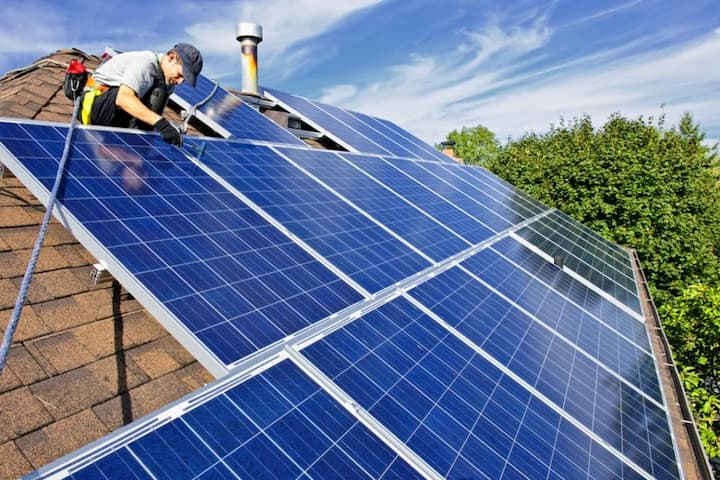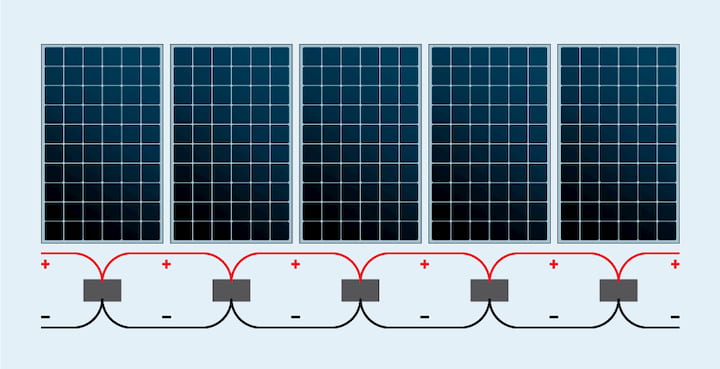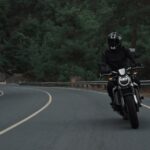The best way to utilise the energy that allows all life forms to thrive on this planet is with a solar panel. Installing a set of panels on your roof can be a costly investment, but also one that will bring you a lot of benefits.
Not only are you going to help save the environment, with solar panels you also end up saving money in the long run. You can get reduced taxes and even sell additional electricity to the local contractor if you decide to go off grid. Your devices and appliances will run more efficiently too since you’re going to be harnessing the power of clean energy. In order for this to work though, you need proper wiring.
What Wire Is Used For Solar Panels?
The wires used to connect solar panels can vary when it comes to insulation and the material of the conductor but usually, there are two options. Aluminium and copper are the two materials found in a solar panel cable in both residential and commercial installations. Copper offers better conductivity than aluminium and because of that, it can carry more current than an aluminium solar wire of the same size. There are also solid and stranded solar panel cable variants, with the latter being slightly more conductive than the former, since the current flows on the outside of the wire. Stranded wires consist of numerous small wires that make the solar cables extra flexible.

Source: www.bbc.com
Understanding Electrical Wiring
Voltage
Before we move on to how solar cables connect panels, understanding wiring itself is crucial. The first important electrical property is voltage. Measured in volts, this represents the difference of electrical charge between two points. Since this difference in charge makes electricity flow, voltage can be understood as a measure of the potential amount of energy that can be released.
Current
The rate at which the above mentioned charge flows from point A to B is known as electrical current. Current is represented as “I” in equations and measured in amps (A).
Power
The rate at which the energy is transferred is known as electrical power which is measured in watts (W). There are two types of power used in solar systems, AC and DC. AC power is what appliances and on-grid devices use whilst DC is the power the PV (photovoltaic) system gets when converting solar energy to electricity. DC then gets converted to AC with the help of an inverter.

Source: ises-jo.com
Wire Size
In order for a solar wire to work it needs to be of the adequate size so that it can handle the current and voltage of the PV system. Too small of a wire can cause voltage drops and significant energy loss. The diameter of the wire needs to match three key factors, the amperage (current), voltage drop, and the length of the wiring. This provides you with the VDI (Voltage Drop Index). Once you have that calculated you need to multiple the amps with the wire length and divide that with the result you get from multiplying the voltage and voltage drop. This is complicated, but delivers the best results when it comes to selecting proper wire gauge (size).
Stringing
The wiring part of installing solar panels (the stringing) involves connecting multiple solar panels with each series of panels (the strings). There are two different ways solar panels can be wired, parallel and in a series.

Source: solarreviews.com
Is It Better to Wire Solar Panels in Series or Parallel?
Each type of stringing has its own advantages which can affect the current and voltage of the circuit. When connected in a series each panel is placed in line with the next which makes this type of wiring work similarly to a battery. This means that the positive terminal of one panel connects to the negative terminal of the one that follows. With parallel stringing things are a bit more complex.
In parallel stringing the positive terminals of all panels are connected to one wire, whilst the negative terminals are connected to another different wire. This results in a more capable PV system which can operate normally when one panel is shaded. Stringing in series doesn’t provide this as the current of the whole PV system gets reduced even if a small portion of one panel is shaded. In this case, it is better to go with parallel stringing, but if the area you live in has a a lot of sunny days and no buildings or trees to cover the panels, you can have your panels wired in series.



